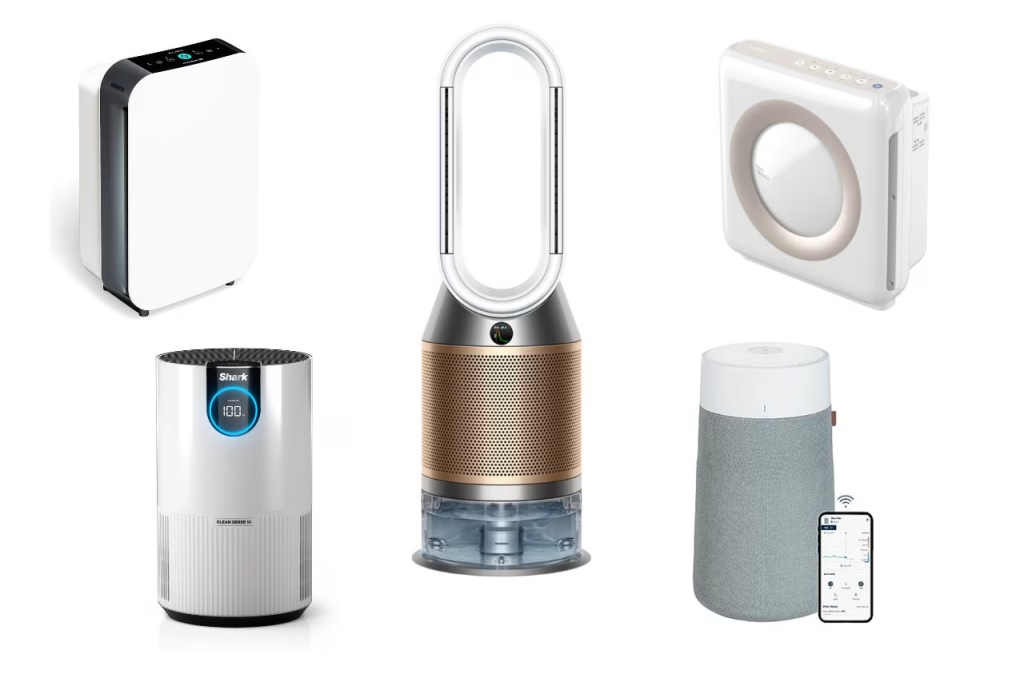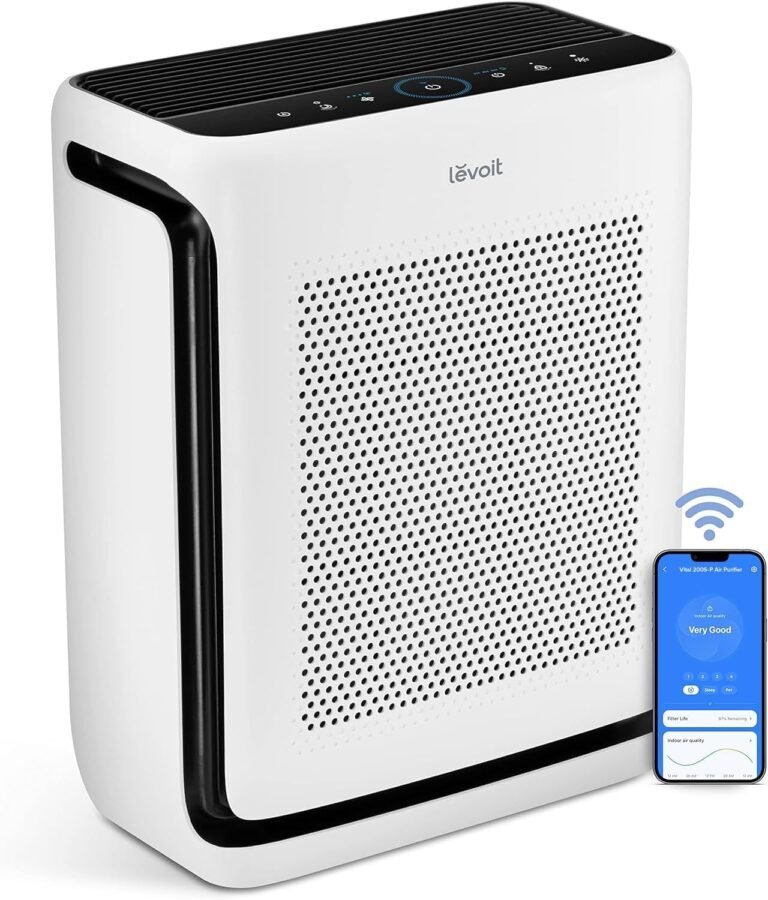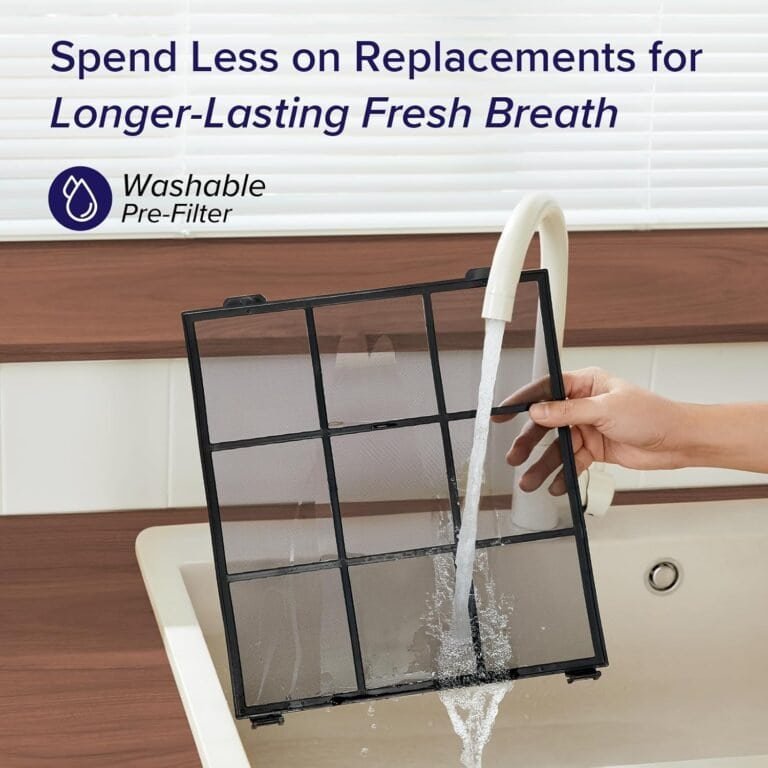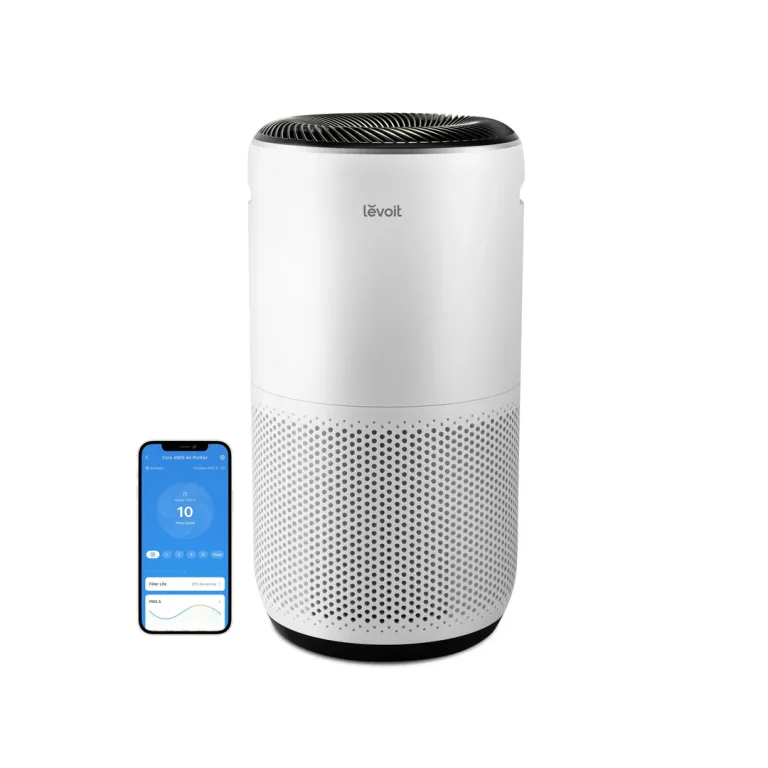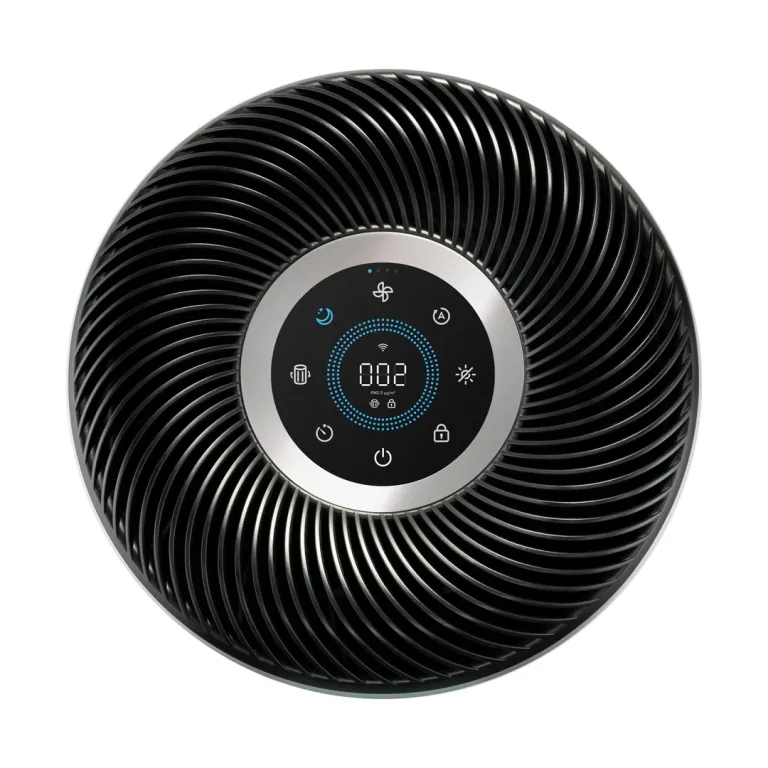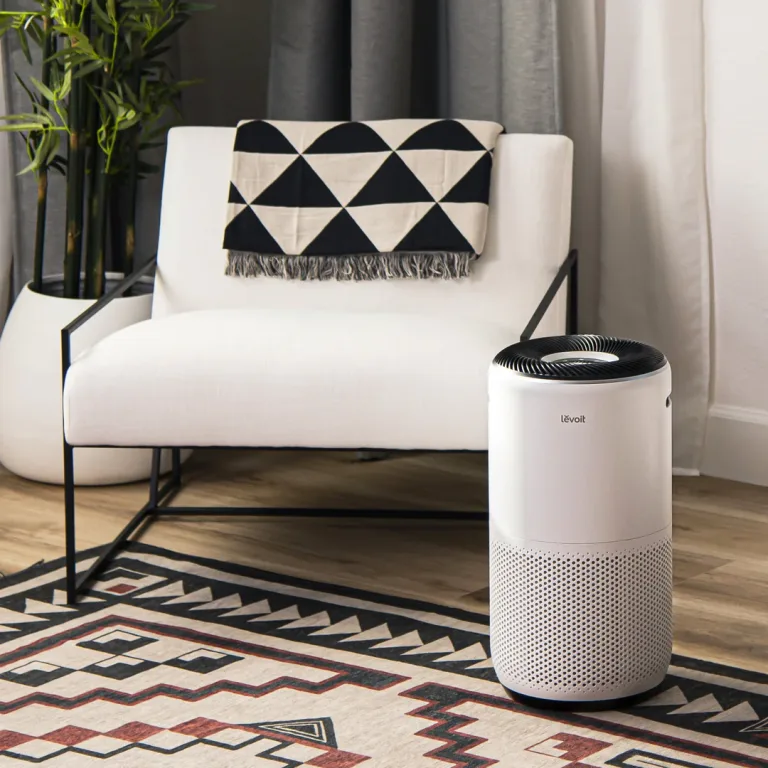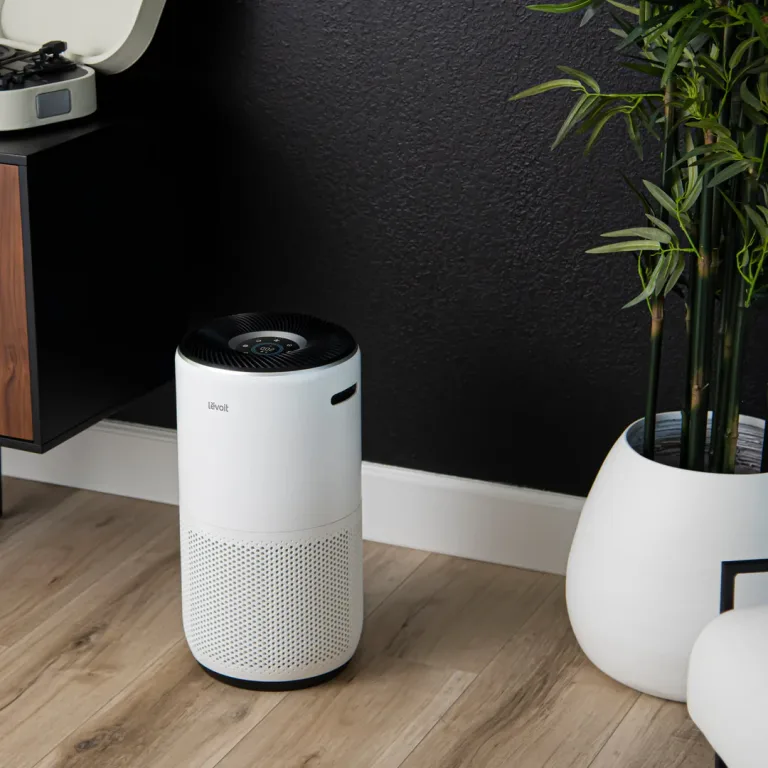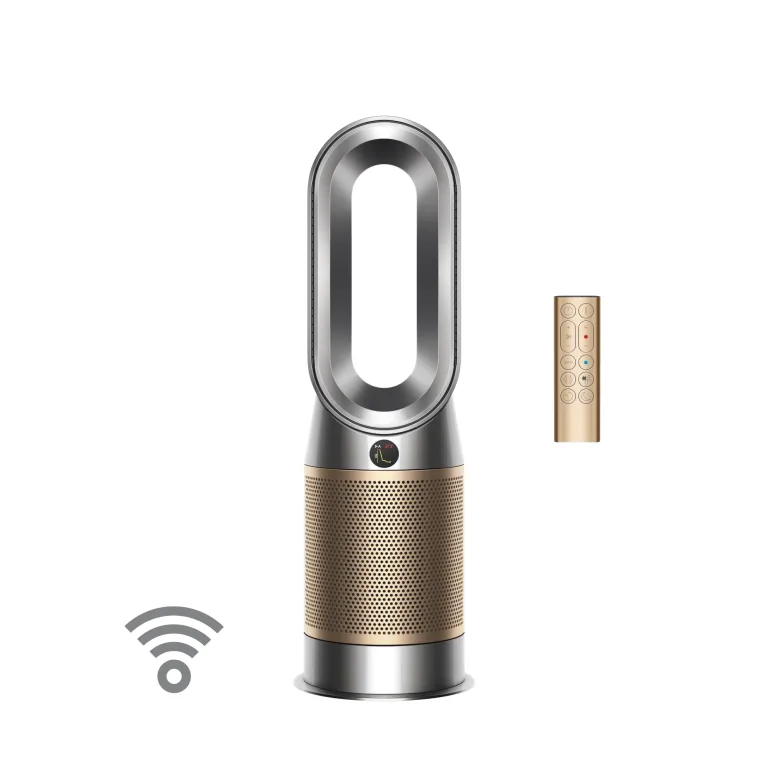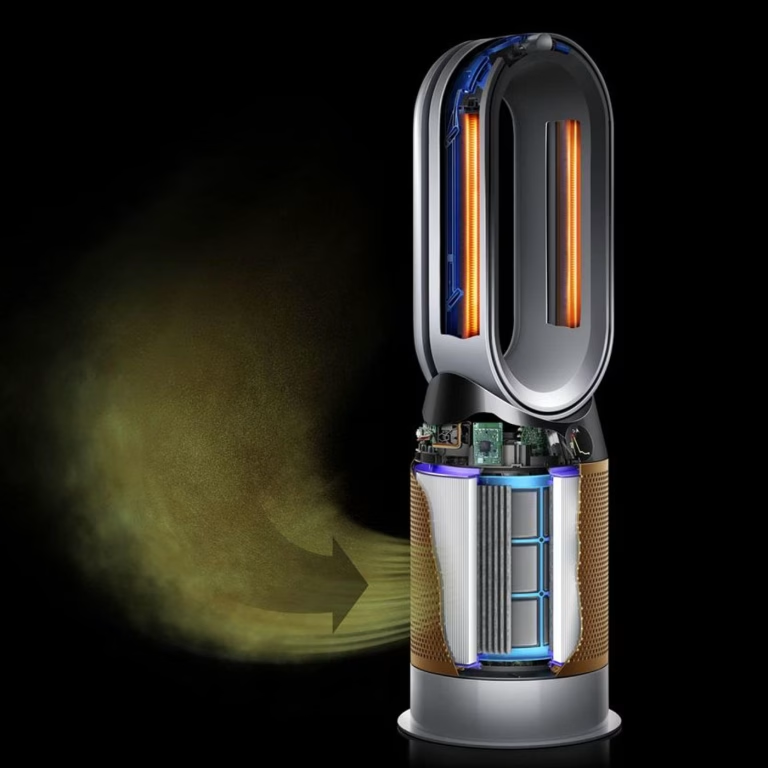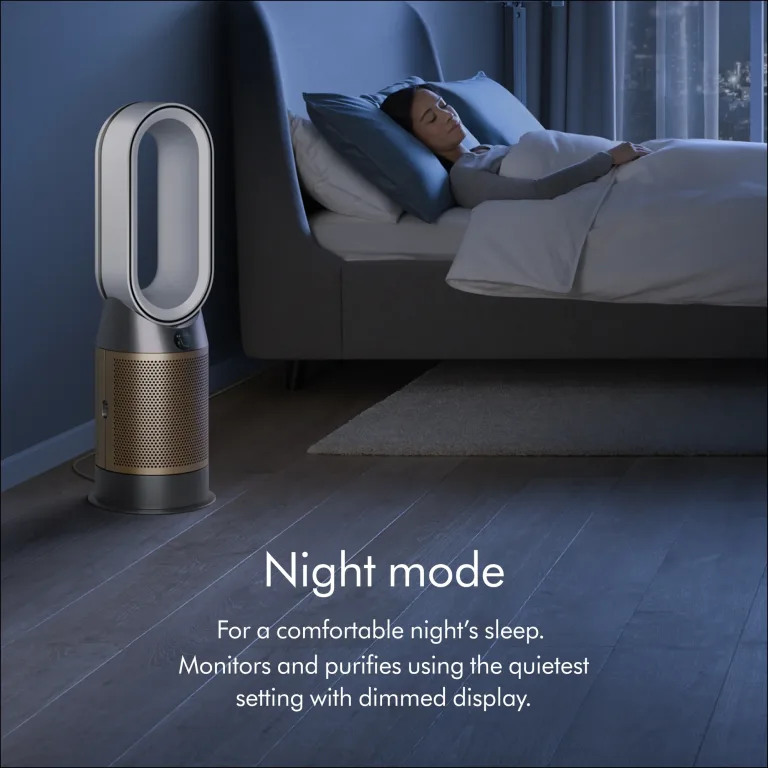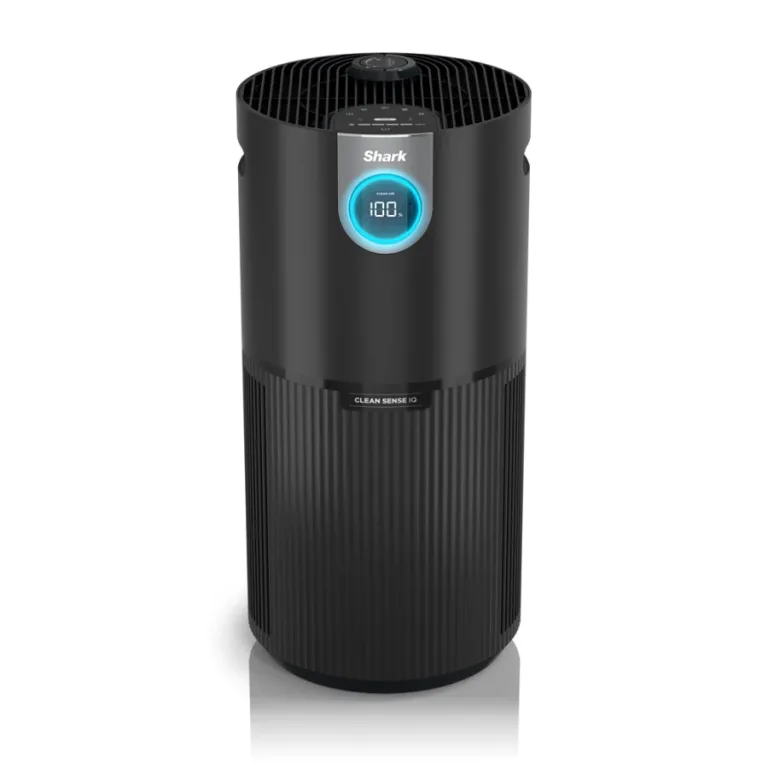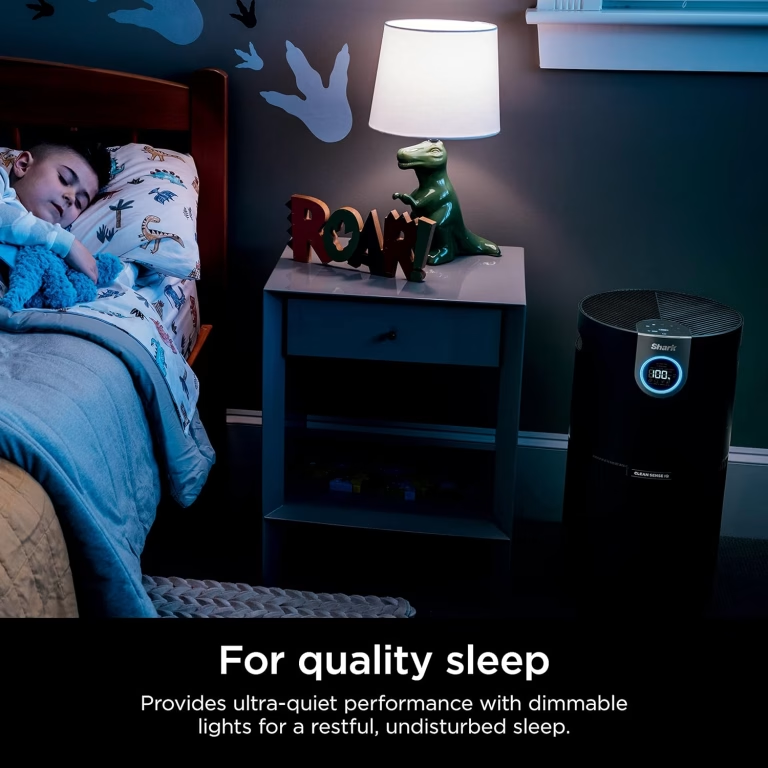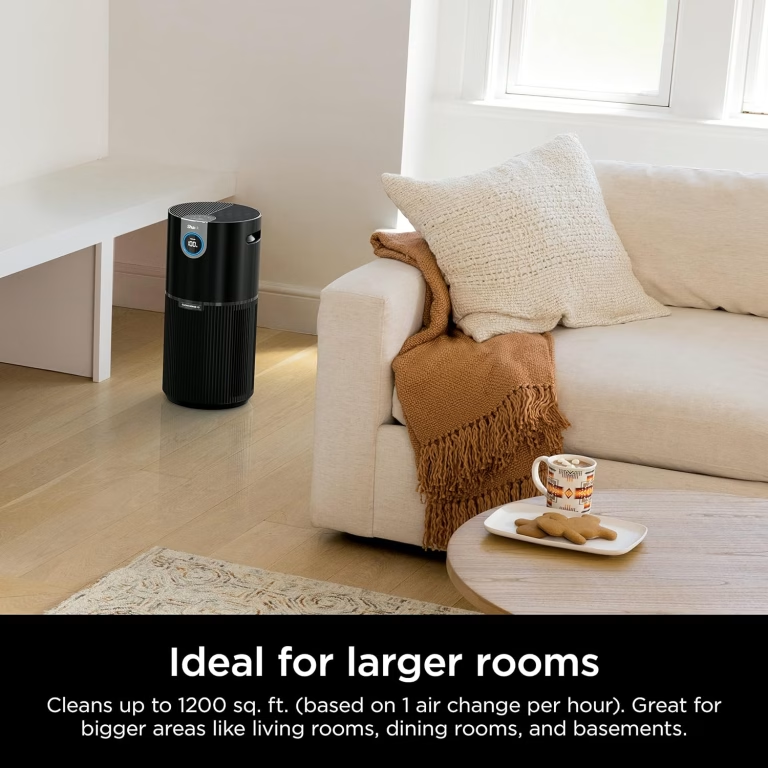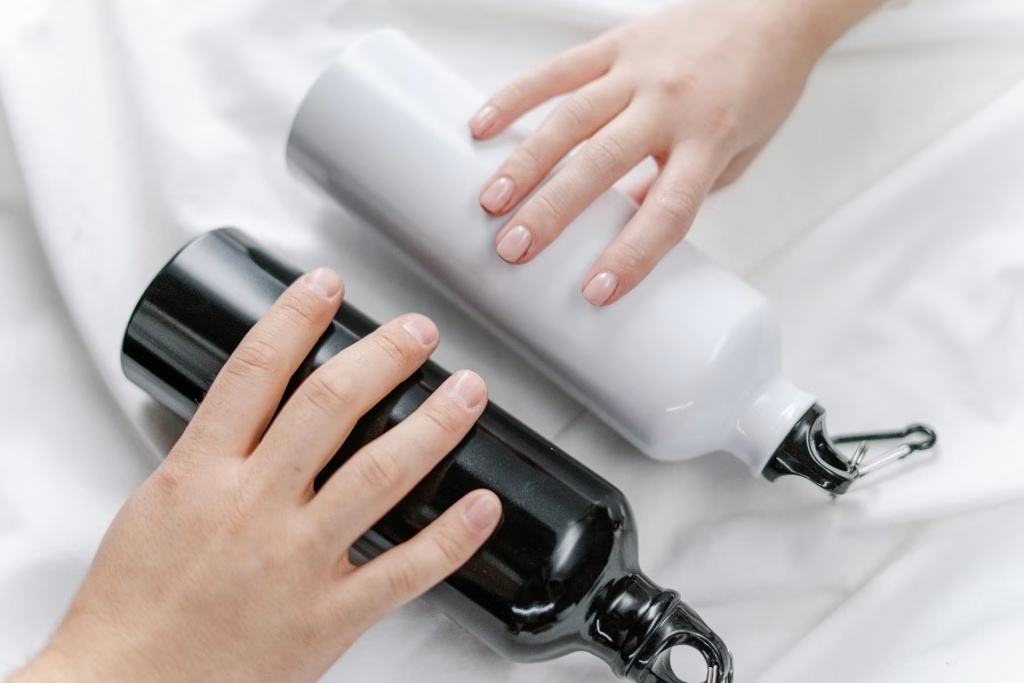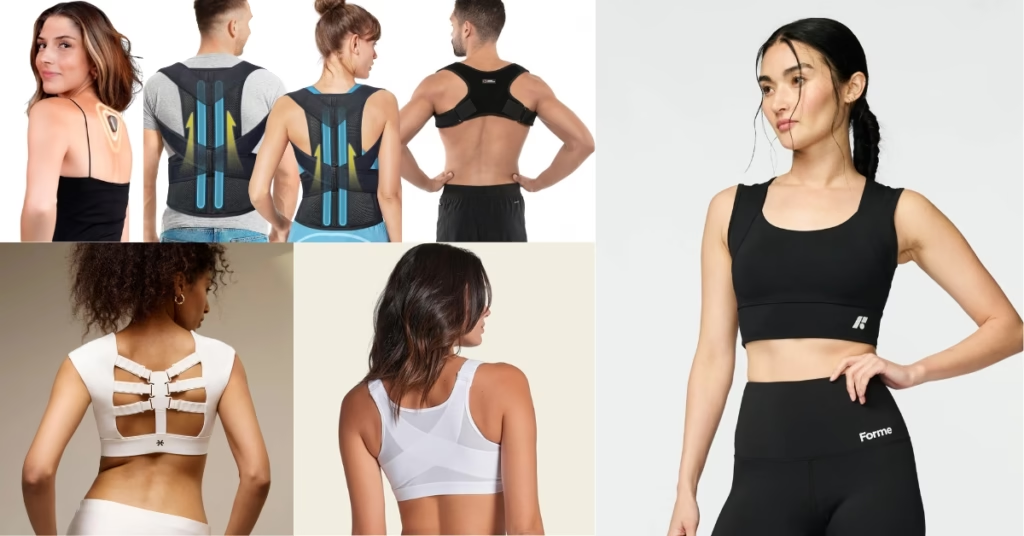Our homes are filled with invisible particles we breathe in every day, from microplastics in carpets, furniture, and clothing to dust, pet hair, and airborne chemicals from cleaning products. Add outdoor pollution that seeps inside, and it’s no surprise that indoor air can often be more polluted than what’s outside.
This guide explains how air purifiers can make a difference, what features truly matter, and how to choose the best air purifier for your space and lifestyle.
What Makes a Good Air Purifier?
Choosing the right air purifier for your needs can feel overwhelming, but focusing on the key features will make the process much easier. Here’s what to keep in mind before you buy an air purifier:
1. HEPA Filters (1 )
Always look for an air purifier with TRUE HEPA filters. These filters capture 99.97% of particles as small as 0.3 microns, including dust, pollen, smoke, and even microplastics.
2. Size and Coverage Area
Ensure the air purifier can handle the size of the room you’ll be using it in. Look at the Clean Air Delivery Rate (CADR), which tells you how quickly it removes smoke, dust, and pollen. A higher CADR means faster and more efficient air cleaning.
3. Noise Levels
An air purifier shouldn’t disrupt your peace. Check the noise ratings, especially on lower fan settings. Choose a quiet model if you plan to use an air purifier in your bedroom or office.
4. Energy Efficiency
Air purifiers often run for hours, so energy-efficient models are a smart choice. Look for the ENERGY STAR certification to save on electricity costs.
5. Ease of Maintenance
Changing filters shouldn’t be a hassle. Choose an air purifier with easy-to-replace filters and a clear replacement schedule. Washable or reusable filters are also good, as they reduce costs and are better for the environment; just keep in mind that they lose their efficiency with time.
6. Extra Features to Match Your Needs
Some air purifiers come with additional features that can make your life easier, depending on your preferences:
- Air Quality Sensors: Automatically adjust settings based on real-time air quality.
- Auto and Sleep Modes: Ideal for quiet and energy-efficient operation, especially at night.
- Smart Connectivity: Control the purifier through an app or integrate it with your smart home system.
- Timer Functions: Let you program operating hours to fit your schedule.
7. Tailored to Specific Needs
Consider your primary concerns and choose an air purifier designed to address them:
- For Allergies or Asthma: Look for a model that traps allergens like pollen, pet dander, and mould spores.
- For Smoke: High CADR ratings for smoke and activated carbon filters are crucial.
- For Odors: Activated carbon filters are a must if you deal with strong smells from pets or cooking—especially if you love cooking curry!
8. Budget: Think Long-Term
Balance the purifier’s initial cost with ongoing filter replacement expenses. Higher-quality models cost more upfront but are more durable and perform better over time.
9. Certifications
Look for certifications that ensure quality and safety:
- AHAM Verified: Confirms the purifier meets strict performance standards.
- CARB Compliance: Ensures the purifier doesn’t emit harmful ozone levels.
10. Portability: Convenience Matters
If you plan to move the air purifier between rooms, choose a lightweight model with handles or wheels.
11. Design
Choose an air purifier that will blend in or become part of your interior and fit your home aesthetics, as you will have it for a long time.
Just so you know, this post contains affiliate links, and I may earn a small commission if you buy through them at no extra cost to you. Thank you for supporting BarefootBasil. For more details, please check out my Affiliate Disclosure.
The Best Air Purifier Brands
1. Shark
- USP: Shark Air purifiers have long-lasting filters and effective odor elimination.
- Price Range: Approx $140 to $300.
- Why Choose Shark Air Purifiers: Shark air purifiers feature True HEPA filters designed to last up to five years, reducing maintenance costs. They also incorporate Odor-neutralizer technology to eliminate household smells.
2. LEVOIT
- USP: Affordable smart air purifiers with comprehensive filtration.
- Price Range: Approx $50 to $500
- Why Choose LEVOIT Air Purifiers: LEVOIT offers a range of budget-friendly air purifiers with three-stage filtration systems, including HEPA filters. Many LEVOIT Air purifier models feature smart controls with app integration. Levoit is a woman-owned company in Anaheim, California, that knows exactly what your home needs.
3. Honeywell
- USP: Trusted brand focusing on True HEPA filtration and energy efficiency.
- Price Range: Approx $70 to $400
- Why Choose HoneywellAir Purifiers? Honeywell offers a variety of air purifiers with True HEPA filters. Their products are Energy Star certified and energy-efficient.
4. Coway
- USP: High-performance air purifiers with innovative features.
- Price Range: Approx $ 80 to $620.
- Why Choose Coway Air Purifiers: Coway’s air purifiers, such as the Airmega series, offer multi-stage filtration systems, including True HEPA filters and activated carbon filters. They are known for their high Clean Air Delivery Rate (CADR) and smart features like air quality monitoring and auto mode.
5. Winix
- USP: Winnix air purifiers have advanced filtration technology and smart features.
- Price Range: Approx $75 to $550
- Why Choose Winix Air Purifiers: Winix air purifiers incorporate True HEPA filtration and PlasmaWave technology to neutralize pollutants. Many models include air quality indicators in auto mode, and Wi-Fi and Alexa are compatible for an enhanced user experience.
6. Blueair
- USP: Patented HEPASilent technology makes them efficient and quiet.
- Price Range: Approx $60 to $830.
- Why Choose Blueair Air Purifiers: Blueair’s air purifiers combine mechanical and electrostatic filtration to capture airborne pollutants effectively while maintaining low noise levels. Their sleek designs and smart features, such as air quality sensors and app connectivity, add to their appeal.
7. Dyson
- USP: Multifunctional devices combining air purification with heating and cooling.
- Price Range: Approx $350 to $1100.
- Why Choose Dyson Air Purifiers: Dyson’s air purifiers, like the Purifier Hot+Cool series, serve as air purifiers, heaters, and fans. They feature HEPA filtration, formaldehyde detection, and smart capabilities, offering year-round utility.
8. Alen
- USP: Customizable air purifiers with lifetime warranties.
- Price Range: Approx $300 to $700.
- Why Choose Alen Air Purifiers? Alen offers customizable panels and filter options tailored to specific needs, such as allergies or pet odors. They also provide lifetime warranties, reflecting confidence in their products.
The best Air Purifiers of 2025
1. LEVOIT Air Purifier Vital 200S-P
The LEVOIT Vital 200S-P Air Purifier delivers advanced air purification for large rooms up to 1875 sq ft. When in Auto Mode, this air filter will automatically adjust the fan speed to protect your air quality while you rest.
I have had this filter for more than half a year now, and I love it. It is always on at night, and I love that you can clean one part of the filter to make it last longer. I have had this filter for more than 6 months, use it every day, and the filter is still 49%.
I love the filters app and how easy it is to use it and see the air quality.
- washable filter
- suitable for large rooms
- user friendly app
- can be glitchy when moving to different rooms
2. Alen BreatheSmart 45i Air Purifier
The BreatheSmart 45i Air Purifier offers advanced HEPA filtration, quieter operation, and the Forever Guarantee. I love its beautiful, minimal design and ability to customize.
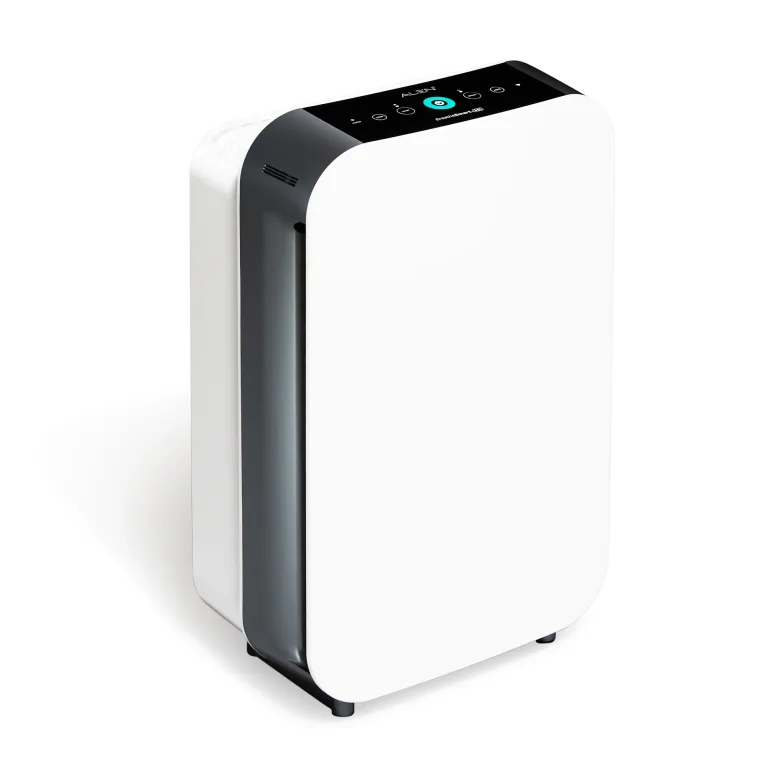
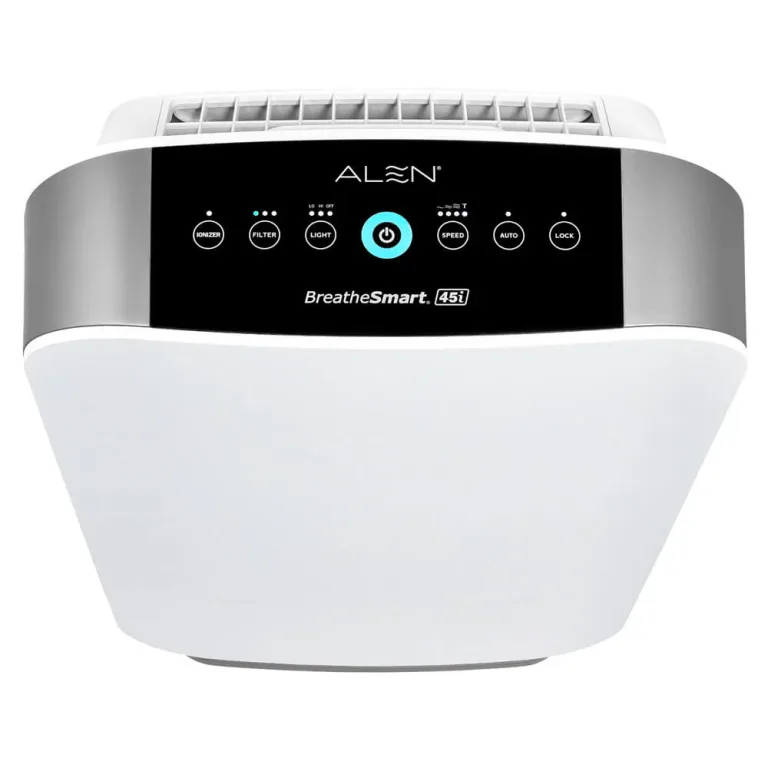
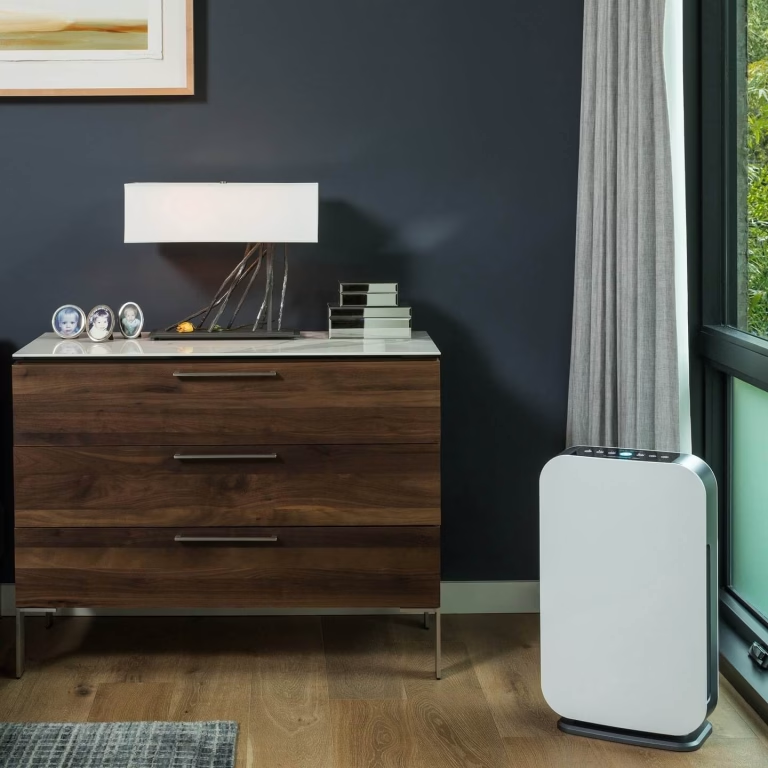
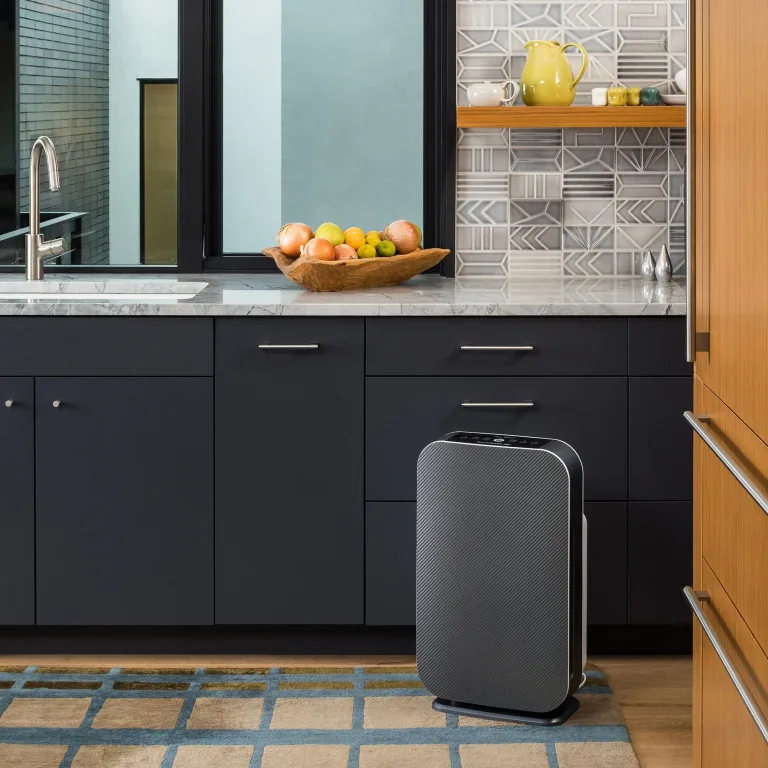
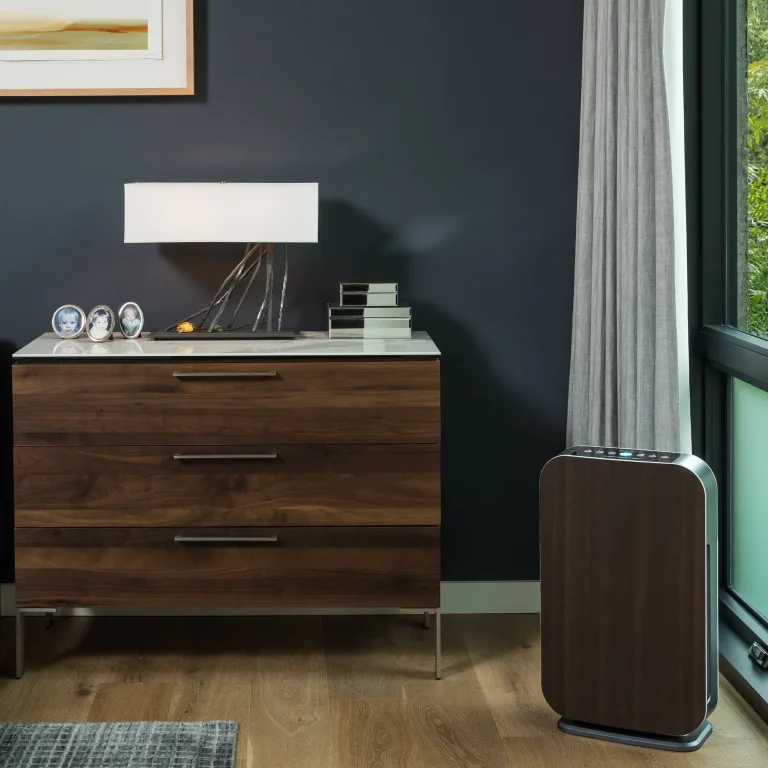
- Covers large areas up to 1,600 sq ft.
- Multiple filter options tailored to specific needs. Quiet operation with a sleep mode.
- Smart features with app connectivity.
- Finish can be customised
- Higher price point.
- Noisy on higher settings.
3. Blueair Blue Pure 211i Max Air Purifier
It is equipped with HEPASilent Technology to eliminate 99.97%* of airborne particles and advanced features for real-time adjustments and smart home integration.
Three advanced sensors detect & automatically adjust fan speed to clean pollutants as they enter the room quickly.
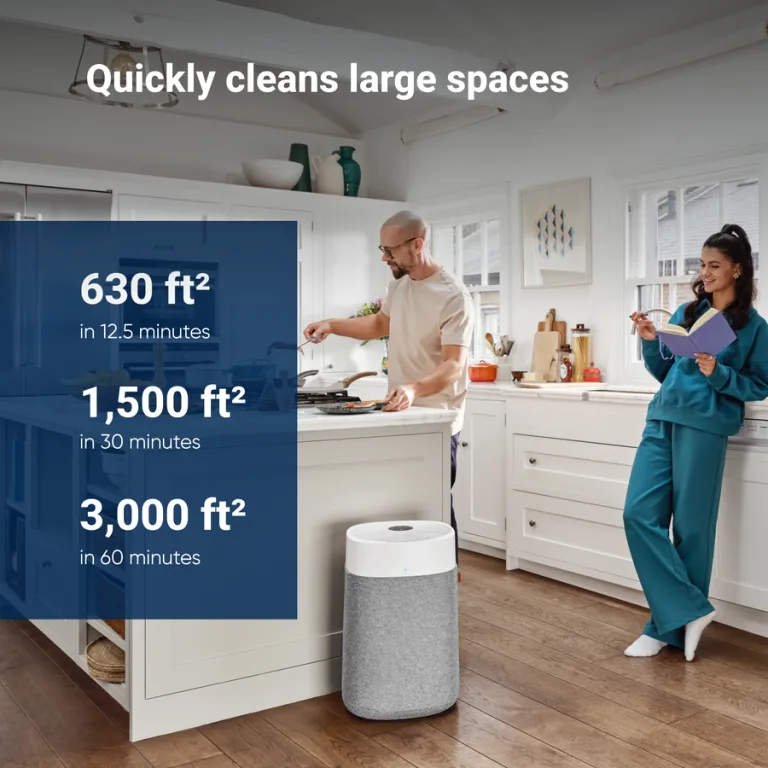
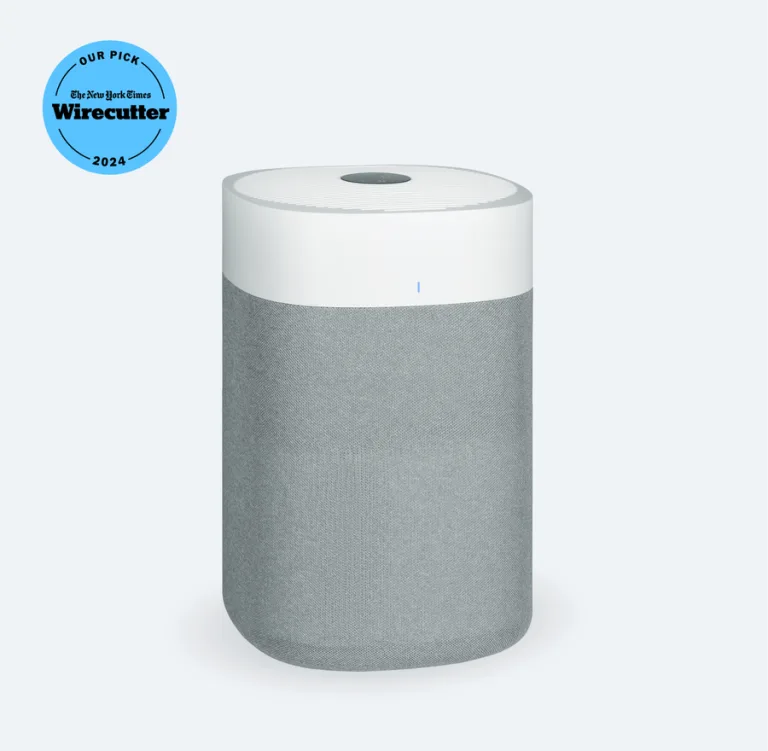
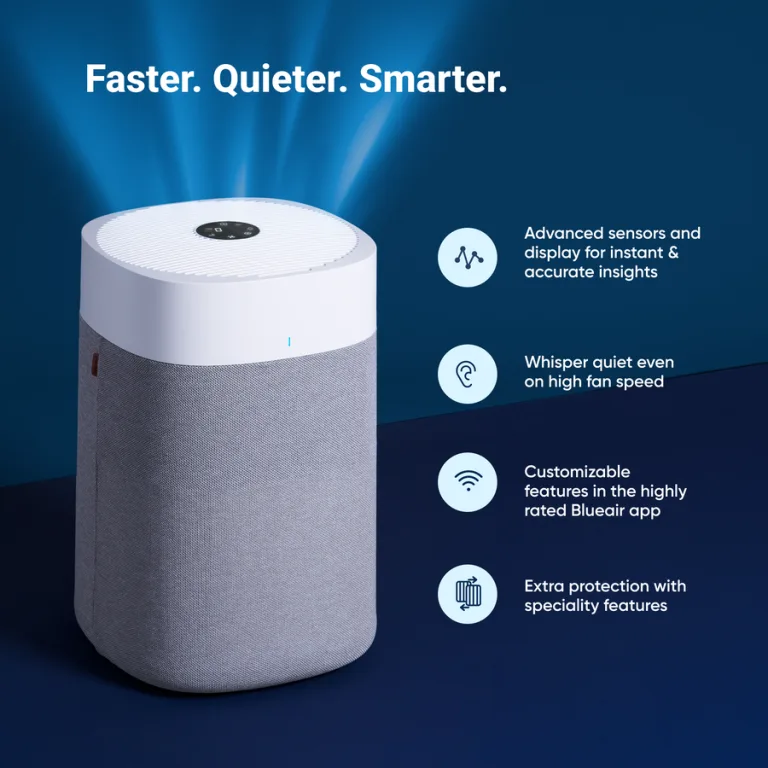
- Covers large areas up to 1,600 sq ft.
- Multiple filter options tailored to specific needs. Quiet operation with a sleep mode.
- Smart features with app connectivity.
- Finish can be customised
- Higher price point.
- Noisy on higher settings.
4. Levoit Core 400S Air Purifier
This Levoit Air Purifier has powerful filtration, smart control, and advanced features such as VortexAir™ Technology. You can completely purify the air in your home in minutes.
- Affordable with smart features.
- H13 HEPA filter captures 99.97% of particles down to 0.3 microns.
- Quiet operation, especially in sleep mode.
- Compatible with Alexa and Google Assistant
- Performance may vary in larger rooms.
- Some users report issues with the app.
- Filter replacement can become costly
5. Dyson Purifier Hot+Cool Formaldehyde HP09
- Multifunctional: purifies, heats, and cools.
- Detects and destroys formaldehyde.
- Features a self-sustaining catalytic filter.
- beautiful design with an intuitive app.
- High price point.
- Requires manual activation of auto mode for automatic operation.
6. Shark Clean Sense™ Air Purifier MAX with Odor Neutralizer Technology
This Air purifier covers up to 1200 sq. ft. and captures 99.98% of airborne particles. It also neutralises bad smells.
All Shark air purifiers are great, but this one performs the best and is good value for money.
- beautiful and user friendly design
- good value for money
- Can be loud when air quality drops
What are the benefits of Air Purifiers?
Air purifiers offer a wide range of benefits backed by science; let’s explore how they improve indoor air quality and why they’re worth investing in:
1. Air Purifiers Reduce Allergens
Air purifiers with HEPA filters capture common allergens like dust mites, pollen, mould spores, pet dander, and even microplastics. This makes them particularly beneficial if you suffer from allergies, asthma, or are sensitive to dust, or live in an urban area with a lot of pollution.
2. Improve Respiratory Health
Breathing in cleaner air means your lungs work less to filter out pollutants. Air purifiers remove fine particulate matter (PM2.5 and PM10) that can worsen asthma or bronchitis. They’re also great for reducing exposure to tobacco or wildfire smoke.
Studies show air purifiers can lower respiratory inflammation and improve lung function.
For asthma sufferers, air purifiers can be life-changing. They reduce triggers like mould, dust, and smoke, helping you breathe easier and manage symptoms.
3. Reduce Exposure to Airborne Diseases
Air purifiers remove dust and capture viruses and bacteria, reducing the risk of illnesses like colds, flu, or COVID-19. Some models with UV-C light or advanced technology can even neutralize these pathogens.
4. Eliminate Harmful Chemicals
The air inside our home is often more polluted than outside. If you’re worried about chemicals in your home, you should choose air purifiers with activated carbon filters. They absorb volatile organic compounds (VOCs) from cleaning products, furniture, and other household items, as well as harmful gases like carbon monoxide.
In controlled studies, air purifiers reduced VOCs by up to 90%!
5. Control Odors
Our homes accumulate unpleasant smells from cooking, pets, or drains. Activated carbon filters will keep your home smelling fresh and clean.
6. Reduce the Risk of Cardiovascular Issues
Cleaner air isn’t just about your lungs; it’s also great for your heart. By filtering out fine particulate matter (PM2.5), air purifiers help lower inflammation and reduce stress on the cardiovascular system.
Studies link air purifier use to lower blood pressure and better heart health in polluted environments.
7. Help Sleep Better
Air purifiers help you sleep better by removing allergens, odors, and other irritants. Some purifiers even have a white or pink sound built in.
8. Help Cognitive and Mental Health
Clean air isn’t just good for your body, it’s great for your brain. Improved air quality boosts focus, productivity, and mental clarity while reducing stress and fatigue.
A HEPA filter, or High-Efficiency Particulate Air filter, is a highly effective air filter designed to trap tiny particles from the air. What makes HEPA filters so unique? Let’s break it down.
What Makes a HEPA Filter Special?
- Efficiency: True HEPA filters can capture 99.97% of particles as small as 0.3 microns, which includes allergens, smoke particles, and even some bacteria.
- How They Work: These filters are made of densely interwoven fibres, mostly fibreglass, that create a maze-like structure. As air passes, particles get trapped, and the air becomes cleaner.
Different Types of HEPA Filters
Not all HEPA filters are created equal. The term “HEPA” is sometimes used loosely, so understanding the types can help you pick the right one for your needs:
1. True HEPA Filter
- What It Does: captures 99.97% of particles as small as 0.3 microns.
- Best For: Allergens, smoke, mould spores, and other microscopic pollutants.
- Where It’s Used: High-quality air purifiers, medical devices, and industrial equipment.
2. HEPA-Type Filter
- What It Does: “HEPA type” filter is less efficient—typically capturing 85%-90% of particles larger than 2 microns.
- Best For: General dust and larger particles, but not fine allergens or smoke.
- Where It’s Used: Budget air purifiers and other low-cost appliances.
3. Reusable HEPA Filter
- What It Does: These can be cleaned and reused, though their efficiency may decline over time with repeated washes.
- Best For: People looking for budget-friendly or sustainable air purifiers.
- Where It’s Used: Some air purifiers.
5. Activated Carbon HEPA Filter (Hybrid)
- What It Does: It combines a True HEPA filter with an activated carbon layer to remove particles, smells, or VOCs (volatile organic compounds).
- Best For: Homes with smokers, cooking odours, or chemicals from cleaning products.
- Where It’s Used: High-end air purifiers focus on air quality and smells.
6. HEPA 13 and HEPA 14 (Medical-Grade Filters)
- What They Do: These are European-classified filters with even stricter standards.
- HEPA 13: Captures 99.95% of particles as small as 0.1 microns.
- HEPA 14: Captures 99.995% of particles as small as 0.1 microns.
- Best For: Hospitals, cleanrooms, and high-performance air purifiers.
Which HEPA Filter Is Right for You?
A True HEPA filter or a hybrid with activated carbon is a great choice if your concerns are allergies, smoke, or smells. HEPA-type filters will be fine for general dust and if you live outside an urban area and don’t have any pets. And if you want something reusable, washable filters are a more eco-friendly option.
To summarise the best air purifiers of 2025:
With so many pollutants all around us, Air filters are not something to be taken lightly, but a necessity in your home.
Even if you live on top of a mountain, pollutants, dust, and allergens will find their way into your home.
There are many great Air purifiers available, and the best ones are those that clean the air effortlessly without requiring much effort to set up or maintain.
I love having an Air filter in my home and knowing that the air I am breathing is clean, healthy, and is not harming me. Since having an Air purifier in my bedroom, I do notice that my quality of sleep has improved, and I cannot go to bed without turning it on.
An air purifier is an investment in our and our families’ health, so I hope this guide made the decision on what kind of Air purifier you need a bit easier.
If you want to learn about microplastics and how to reduce them in your body, you should read: How To Reduce Your Exposure To Microplastics
Last updated on 23/10/2025 by Silvija Meilunaite
Silvija Meilunaite, PN1-NC, CSMC, is a certified nutrition and menopause coaching specialist, and a writer in the nutrition and self-improvement field. She explores science-based approaches to holistic health and plant-based nutrition, with a strong focus on researching clean, non-toxic products that support long-term well-being.
- S. Meilunaitehttps://barefootbasil.com/author/silvootegmail-com/
- S. Meilunaitehttps://barefootbasil.com/author/silvootegmail-com/
- S. Meilunaitehttps://barefootbasil.com/author/silvootegmail-com/
- S. Meilunaitehttps://barefootbasil.com/author/silvootegmail-com/
